SOURCE: AFI
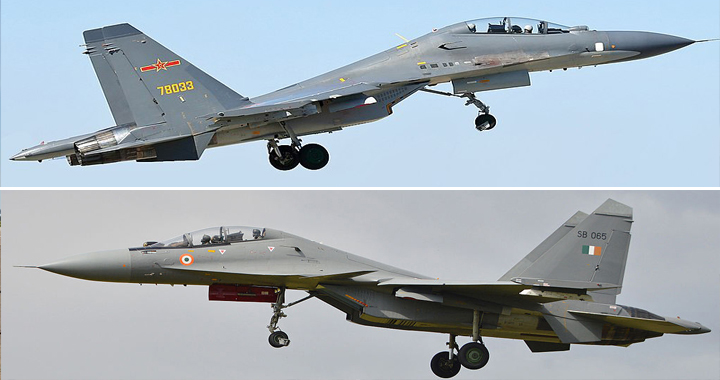
India and China, both major Asian powers, have a long history of acquiring military equipment from Russia. However, their approaches to the Sukhoi Su-30MKI fighter jet program differed significantly. While China opted to reverse-engineer the Su-30MKK (a less advanced variant) and develop its own indigenous versions, India pursued a different path.
India’s Su-30MKI program involved a complex technology transfer agreement with Russia. This agreement allowed India to progressively manufacture the Su-30MKI domestically, with increasing levels of indigenous content over time. The goal was not just to assemble the aircraft but to gain the knowledge and expertise to potentially design and develop future generations of fighter jets.
Continue readingSOURCE: AFI

The war in Ukraine has seen a rise in the use of small, agile drones, particularly First-Person View (FPV) drones, for reconnaissance and even attacks. While sophisticated air defense systems are ideal, recent media reports suggest a surprisingly effective countermeasure: the humble pump-action shotgun. This article explores why these shotguns are proving surprisingly useful against drones.
FPV drones, often commercially available and easily modified, pose a growing threat to soldiers on the ground. Their small size and maneuverability make them difficult to detect and shoot down with traditional weaponry.
Continue readingSOURCE: AFI

The Indian Air Force (IAF) took a pivotal step towards bolstering its combat capabilities with the inauguration of the Weapon System School (WSS) today at Begumpet. The ceremony was officiated by Air Chief Marshal VR Chaudhari, Chief of the Air Staff (CAS).
This significant development follows the IAF’s 2022 decision to establish a dedicated Weapon System Branch (WSB). The WSS serves as a vital training ground for officers entrusted with operating ground-based and specialist weapon systems.
Continue readingSOURCE: IDRW.ORG
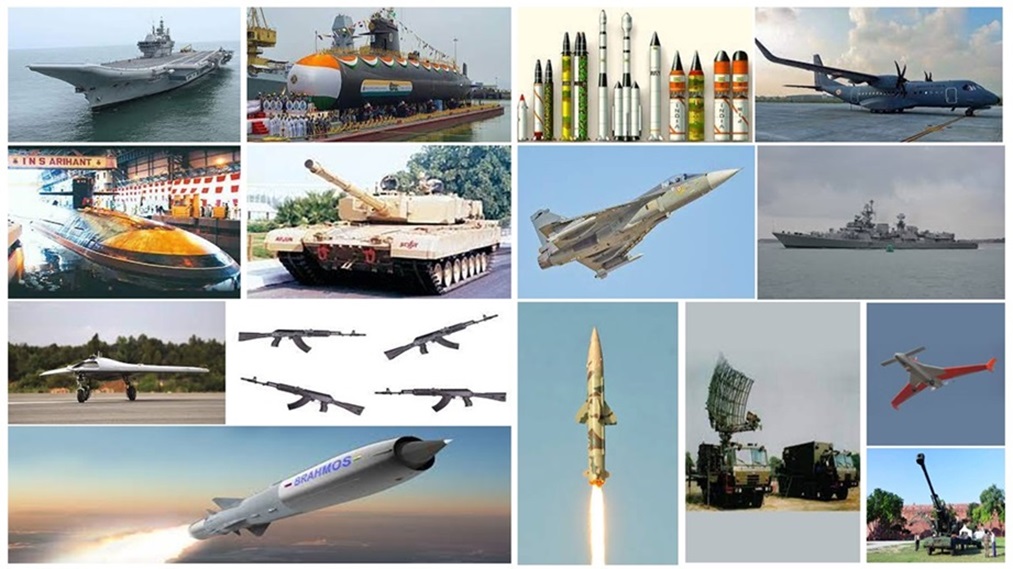
India’s defence exports have reached a historic milestone, clocking in at a record Rs 21,083 crore in the financial year 2023-24. This marks a significant achievement and highlights the growing capabilities of the Indian defence industry.
Defence Minister Rajnath Singh has set a new target for the future – exporting over Rs 50,000 crore worth of defence equipment by 2028-2029. This ambitious goal reflects the government’s commitment to fostering a robust domestic defence industry and positioning India as a major player in the global arms market.
Continue readingSOURCE: IDRW.ORG

The Indian Navy is gearing up to bolster its amphibious capabilities with a fleet of Landing Platform Docks (LPDs) built indigenously. This follows a Request for Information (RFI) issued in 2021. Two Indian shipyards, Cochin Shipyards Ltd (CSL) and Garden Reach Shipbuilders & Engineers Ltd (GRSE), have thrown their hats in the ring with their own designs. Additionally, L&T Shipbuilding and Mazagon Dock Shipbuilders Limited (MDL) have proposed designs based on collaborations with international OEMs (Original Equipment Manufacturers).
The LPDs envisioned by the Navy will boast an impressive capacity. Each vessel is expected to accommodate a crew of 540 sailors and carry up to 900 troops. These behemoths will measure approximately 200 meters in length and displace up to 8 meters of water when fully loaded. In terms of speed, a cruising speed of 14 to 16 knots is desired, with a remarkable range of 10,000 nautical miles at economical speed for extended deployments.
Continue readingSOURCE: AFI
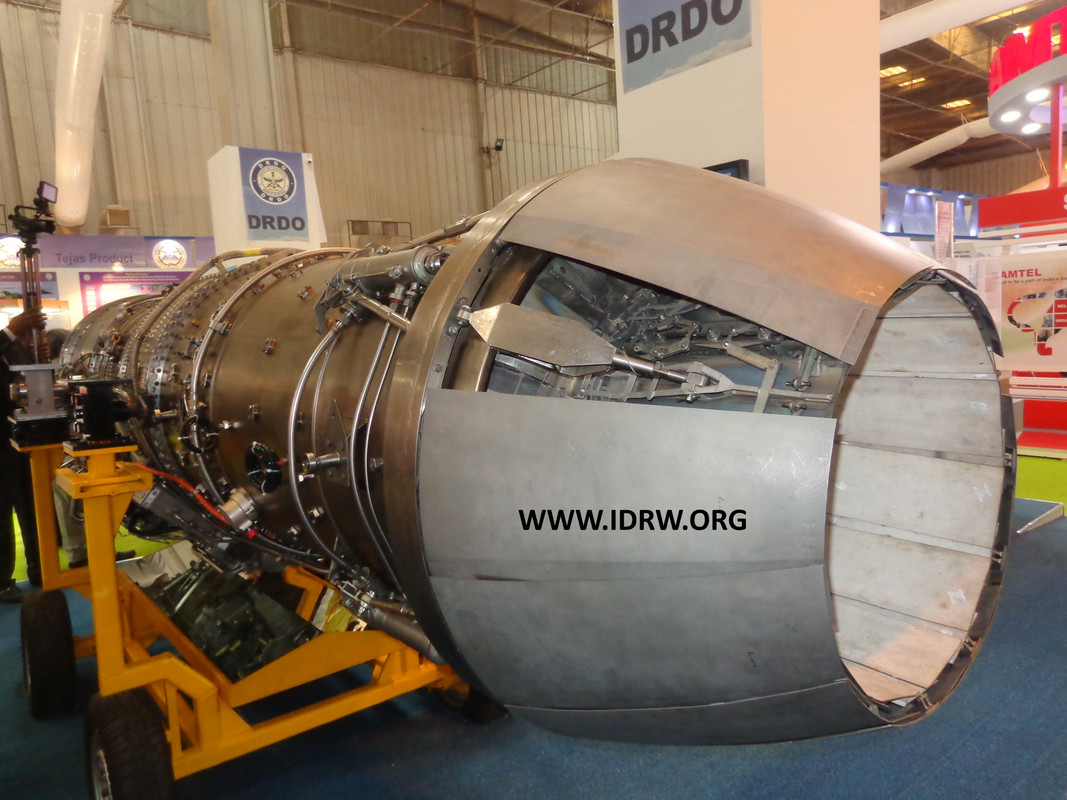
Report going around claiming the French company Safran has cleared the Kaveri engine for integration with the LCA Tejas fighter jet are misleading. This information actually dates back to 2018, not a recent development.
For clarification, DRDO in its 2017 annual report provided details of the significant progress made with the Kaveri engine that year. Five prototypes underwent a total of 145 hours of testing, including successful completion of critical tests and the first-ever transient test simulating idle to max reheat conditions.
Continue readingSOURCE: AFI

The Indian Navy has taken a giant leap towards self-reliance in munitions with the successful certification of a new, domestically developed explosive. Manufactured by Solar Industries, SEBEX-2 promises to revolutionize the Navy’s arsenal with its superior power.
SEBEX-2 boasts a blast effect exceeding any currently used solid explosive. This innovative formulation packs a punch – it’s reported to be 2.01 times more powerful than a standard TNT explosion! The destructive potential of explosives is measured in TNT equivalence, with higher numbers signifying greater impact. SEBEX-2’s impressive 2.01 rating positions it as a true force multiplier.
Continue readingSOURCE: AFI

A somber reminder of the inherent dangers faced by Indian soldiers emerged in Eastern Ladakh, where a T-72 tank remains stuck in the strong currents of the Shyok River near Saser Brangsa. This incident underscores the constant risks associated with river crossings undertaken by troops using tanks and BMPs (Infantry Fighting Vehicles) across numerous rivers and streams in the region.
Five Indian Army soldiers lost their lives in June 2024 when their T-72 tank met with an accident during a river-crossing exercise near the Line of Actual Control (LAC) in the Leh district. This heartbreaking incident serves as a stark reminder of the potential consequences of such maneuvers.
Continue readingSOURCE: AFI
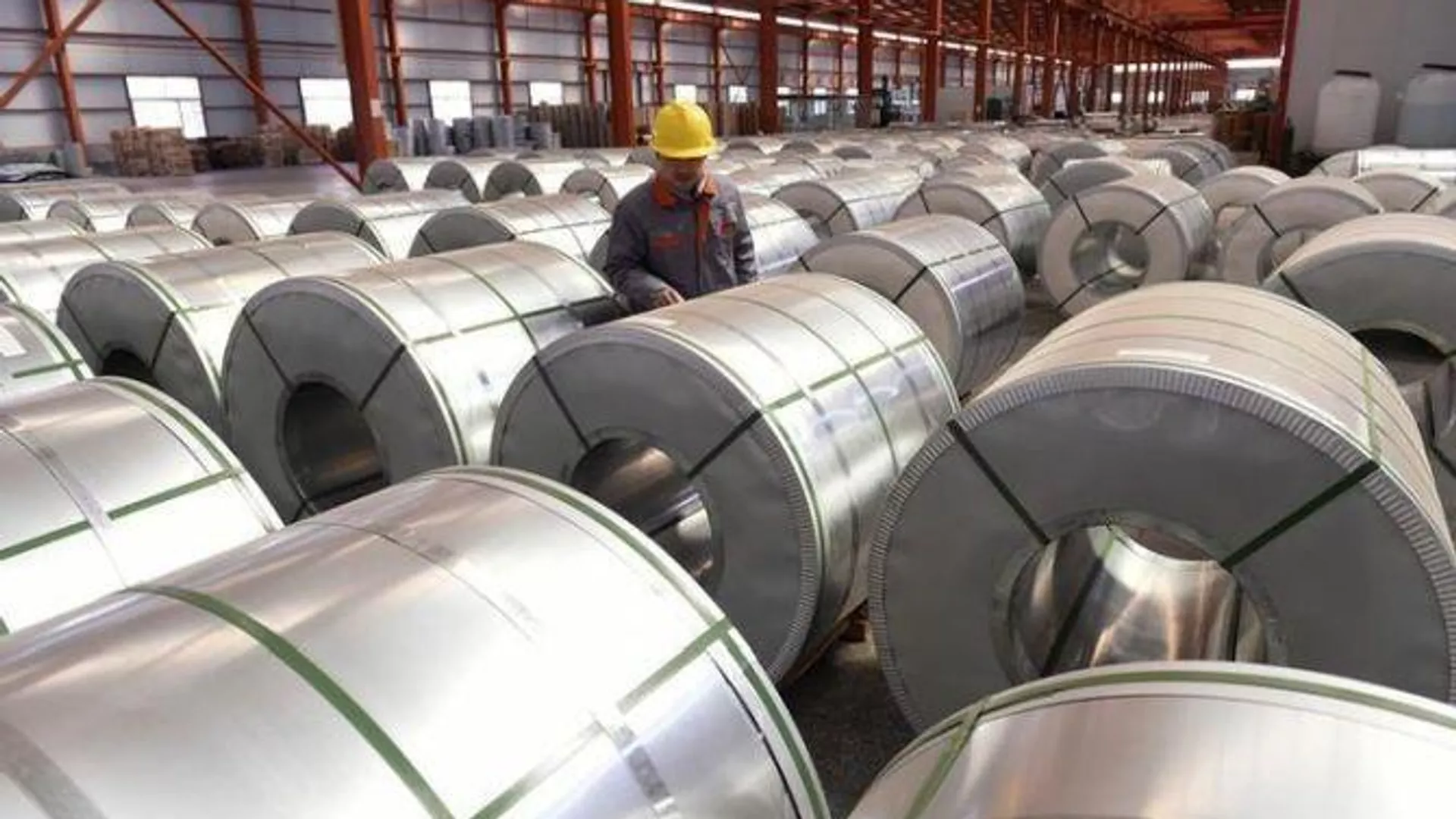
In a surprising turn of events, India has emerged as an aluminum supplier to Russia, the world’s second-largest aluminum exporter. This development, reported by Sputnik based on Indian customs data, marks a first for recent times.
According to the analysis, India exported 44,800 tons of unprocessed aluminum to Russian companies in April 2024, valued at $16.5 million. This shipment is particularly noteworthy given Russia’s well-established position as a major aluminum exporter, with exports valued at $6.5 billion in 2023.
Continue readingSOURCE: RAUNAK KUNDE / NEWS BEAT / IDRW.ORG
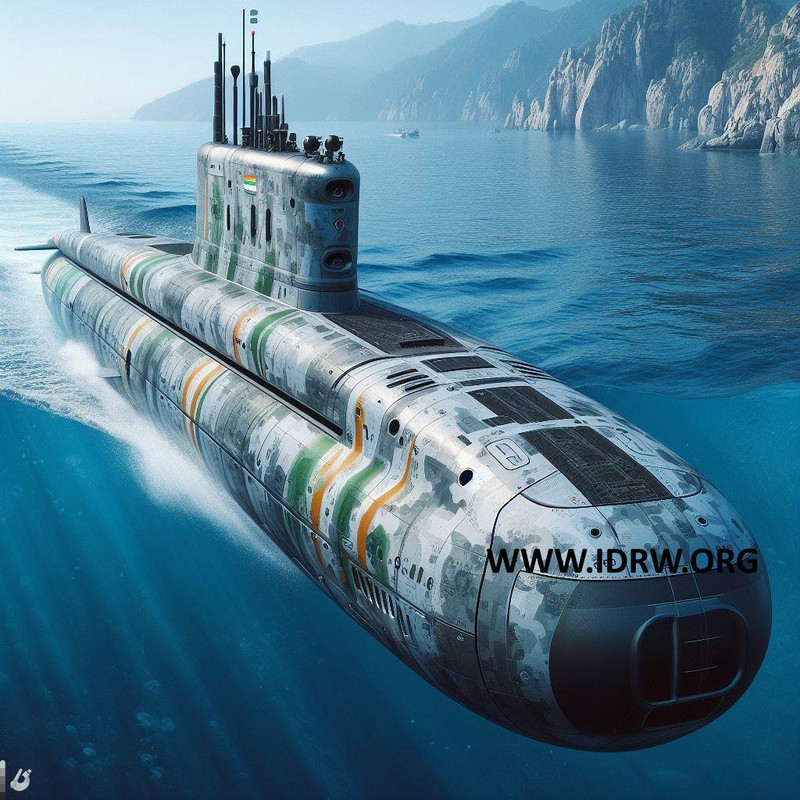
The Defence Research and Development Organisation (DRDO) is setting its sights on self-reliance in underwater warfare with Project-76, an ambitious initiative to design and develop a new generation of indigenous conventional submarines for the Indian Navy.
Project-76 will be a collaborative effort between DRDO and the Warship Design Bureau (WDB) of the Indian Navy. The WDB’s expertise in naval design will be crucial in shaping the submarine’s form and function.
Continue readingSOURCE: RAUNAK KUNDE / NEWS BEAT / IDRW.ORG
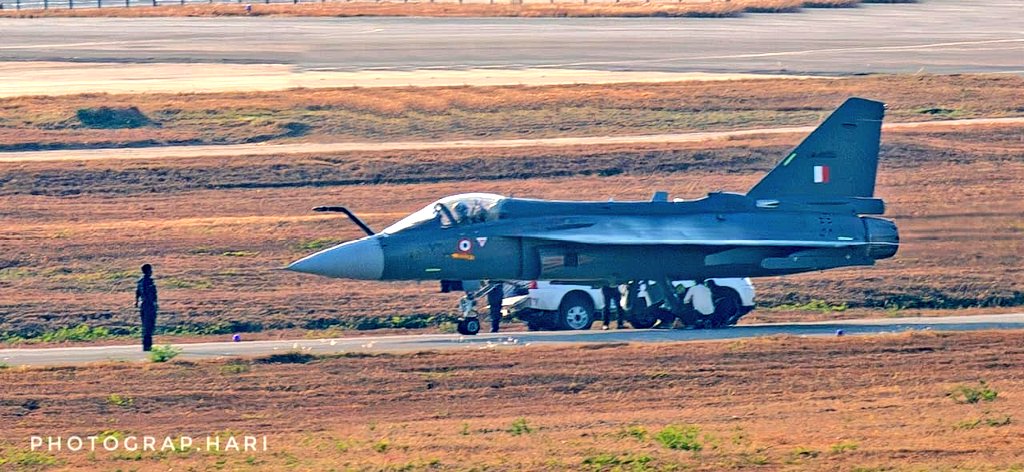
The Indian aviation industry witnessed a significant milestone on March 28th, 2024, with the successful maiden flight of the first Tejas Mk1A fighter jet. This marks a crucial step towards bolstering the Indian Air Force’s (IAF) capabilities.
Following its successful maiden flight, the Tejas Mk1A had to undergo a series of mandatory trials. These tests were crucial in ensuring the aircraft meets all operational requirements and performs flawlessly under various conditions and also validates many of the newer technologies in the jet.
Continue readingSOURCE: RAUNAK KUNDE / NEWS BEAT / IDRW.ORG
Former IAF Marshal Anil Chopra’s suggestion of revisiting the Sukhoi/HAL Fifth Generation Fighter Aircraft (FGFA) has sparked debate. However, sources close to idrw report no reconsideration of the FGFA program for procurement.
Experts maintain India’s decision to exit the FGFA, based on the Russian Su-57, was justified due to technical shortcomings. The FGFA reportedly failed to meet several key requirements, leading to deficiencies unexpected in a 5th generation fighter.
Continue readingSOURCE: AFI

The Indian military is evaluating several variants of the Stryker armored fighting vehicle, with a particular focus on the M1256A1 equipped with Javelin anti-tank guided missiles (ATGM). This news comes after a demonstration at the Aberdeen Proving Ground in May 2023 showcased the M1256A1’s capabilities.
The M1256A1 is an upgrade to the standard M1126 Stryker Infantry Carrier Vehicle (ICV). It boasts an improved Double-V Hull A1 (DVH-A1) design for enhanced blast protection and a suite of advanced weaponry. The co-production proposal includes both the Stryker ICV and Javelin ATGMs, potentially offering India domestic manufacturing alongside the acquisition of these powerful military assets.
Continue readingSOURCE: AFI
Tata Advanced Systems Limited (TASL) takes flight as a leading supplier of high-volume metallic components for the world’s most prestigious commercial aircraft programs. From the Airbus A320 to the Boeing powerhouses – the 737 and the 787 Dreamliner – TASL’s precision engineering keeps these modern marvels of aviation soaring through the skies.
At their state-of-the-art facility in Nagpur, India, TASL embodies the spirit of meticulousness. Every aspect of the manufacturing process revolves around achieving unmatched quality and dimensional accuracy. Their expertise lies in mastering the machining of both hard and soft metals, ensuring each component meets the most rigorous standards.
Continue readingSOURCE: AFI

In a recent LinkedIn post, Rajasivaranjan T., a lead data scientist with a decade of experience in satellite imagery-based crop monitoring and forecasting, has raised concerns about the accessibility and quality of remote sensing data from the Indian Space Research Organisation (ISRO).
While acknowledging ISRO’s impressive launch record of remote sensing satellites like Resourcesat, Cartosat, and RISAT series, T. criticizes the difficulty in accessing and using the data. He cites his own negative experience working with LISS-4 and Cartosat datasets obtained from the National Remote Sensing Centre (NRSC) on a government project. According to Rajasivaranjan., the data required extensive manual orthorectification, a process that corrects geometric distortions.
Continue reading